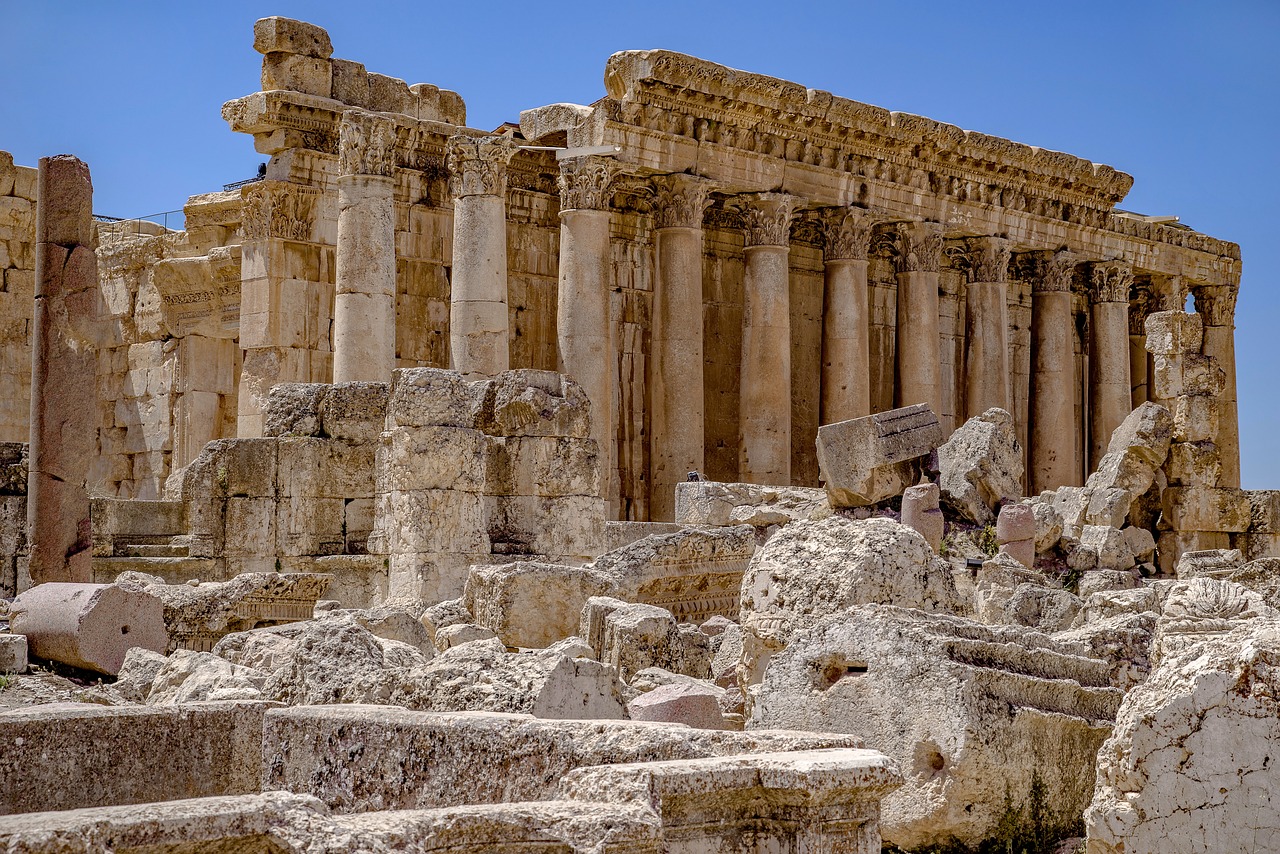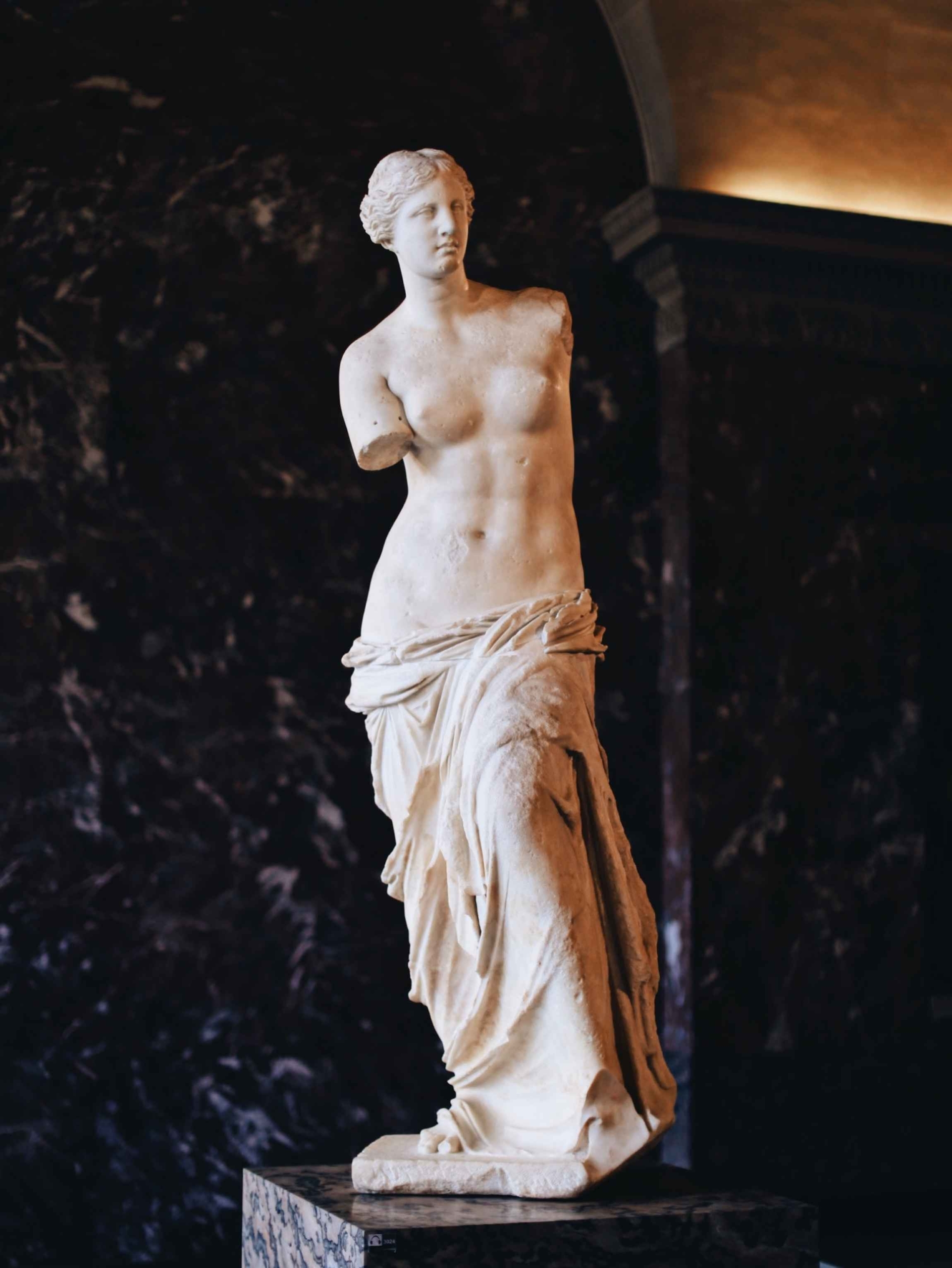The ancient Romans, alongside the ancient Greeks, were one of the most influential civilizations of that time and they shaped the world that is around us today. Their legacy is present in so many areas of our lives: their art, roads, clothing, food, customs, ideas, and the stories they left behind have had an undeniable impact on our daily lives. What else did we keep from them?
In this article, we will look into some ancient Roman names, with their unique naming system, and also discover several delightful names from Roman mythology.
Ancient Roman Naming Traditions
The ancient Roman naming system was different from that of other similar European cultures of that period. In ancient times, it was unusual to use both given names and surnames. Other cultures usually used one single personal name, which had a dichotomic nature, so it expressed two ideas about the individual. Romans used a system known as tria nomina, which was made up of a praenomen, a nomen, and a cognomen.
The nomen or nomen gentilicum was mostly hereditary because its purpose was to indicate the gens (family) a person came from. Nomina were often formed by adding the suffix “-ius” to a praenomen, usually that of the father. Sometimes other modifications were necessary. So, for example, a boy whose father’s name was Lucius would get the surname Lucilius. Another way of mentioning patronymic ancestry was by using filiation. That means that people who shared both their family and given names, could also add their father’s given name, and seldom also their mother’s. An example would be, for a boy whose father’s name is Marcus, to be called Marci fillius, while the same man’s daughter would be Marci filia. The cognomen was an additional surname, which could be hereditary or not, and was mostly used by the aristocracy as a means of indicating their social status. The practice of using cognomen did not last long, as using signia, meaning alternative names, became more popular.
Lastly, the praenomen was the given name, chosen by the parents. This name would be “officialized” on the dies lustricus, which could be translated as the day of lustration, an ancient purification ritual in Greek and Roman civilizations. This took place on the eighth day after a girl was born and on the ninth day after the birth of a boy. The praenomen would be formally confirmed for a second time when girls got married and boys received the toga virilis (“the toga of manhood”) when they were mature enough to handle their new responsibilities as adult men. 
Women did not always have a praenomen, because they changed their nomen after marriage and they could easily be distinguished from their sisters. In childhood, the oldest daughter was called Maxima and her younger sisters received numerical cognomina. This is how the praenomen Prima, Secunda, Tertia, Quarta, Quinta, Sexta, Septima, Octavia, Nona, and Decima were born. Very often, female praenomina were variants of male names. For example, the counterpart of the given name Titus was Titia and Lucius was the male equivalent of Lucia. Other praenomina may have indicated the circumstances in which a child was born. Caeso was attributed to a child born by a Cesarean section, while Lucius referred to someone born at dawn. They could also refer to the physical features of a person, such as Paullus, which means “little” and Volusus, meaning “strong”. The practice of tria nomina ceased to exist in the Middle Ages, but its influence can be spotted even in the names used in several modern languages.
Roman Mythology
Myths could be described as ancient folklore, but in the case of ancient Roman culture, myths and historical reality often got mixed together. It is difficult to decide what is true and what is just a legend, but nonetheless, Roman mythology is an incredibly interesting subject to explore. Myths usually revisit themes like the creation of the Universe, the birth of a nation, deities, heroes, and all sorts of mythological creatures. They are meant to give answers to difficult questions and to illustrate the human condition, with all its virtues and flaws.
Roman Deities
It is believed that the Romans did not really have a native mythology and it is crystal clear that in many aspects, Roman myths and deities are slightly modified versions of the Greek originals. This is the reason they are classified together as Classical mythology. Here are some examples of Roman deities and their Greek counterparts:
Names of Roman Gods that Inspired the Name of the Planets
Names inspired by Roman mythology didn’t just reach our Earth, but also the space, thus getting attributed to some of the planets. The sky is the limit, but not for ancient Roman gods!
Mercury may come from the Latin word merx, meaning “merchandise”, or the Greek hóros, meaning “boundary”, or “frontier”. Both associations refer to his roles as the god of commerce and messenger between the worlds. Mercury can be used both as a family name and as a neutral given name.
He was one of the most celebrated gods in ancient Roman civilization. The religious festival dedicated to him was called Saturnalia and it was a celebration of harvest and sowing.
In order to get to know ourselves and the world around us, we should take a look at the past, because the interesting parts of life always lie underneath the surface. We might think that the world has changed a lot since the times of ancient Romans, but many of our values, imagination, names and even the planets stayed almost the same.













